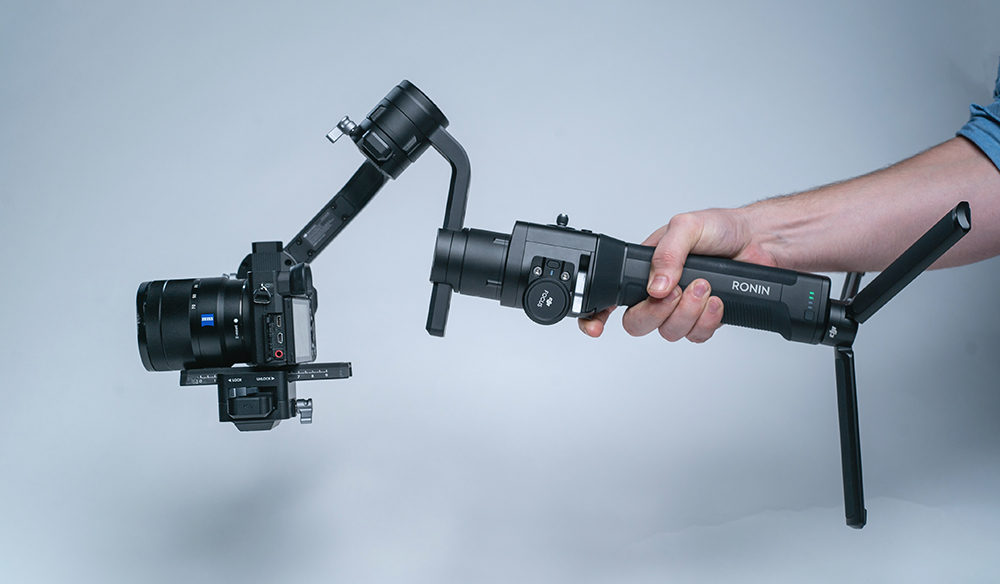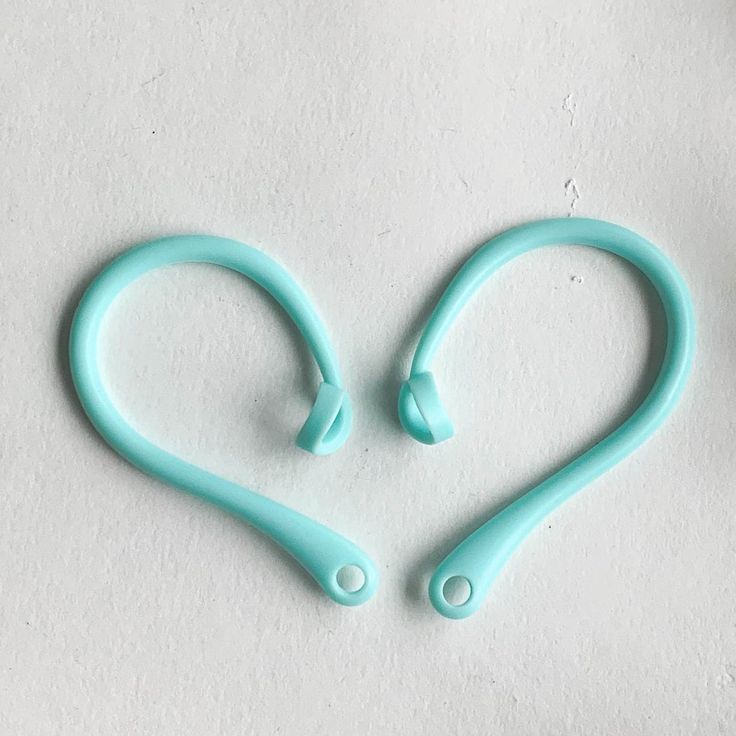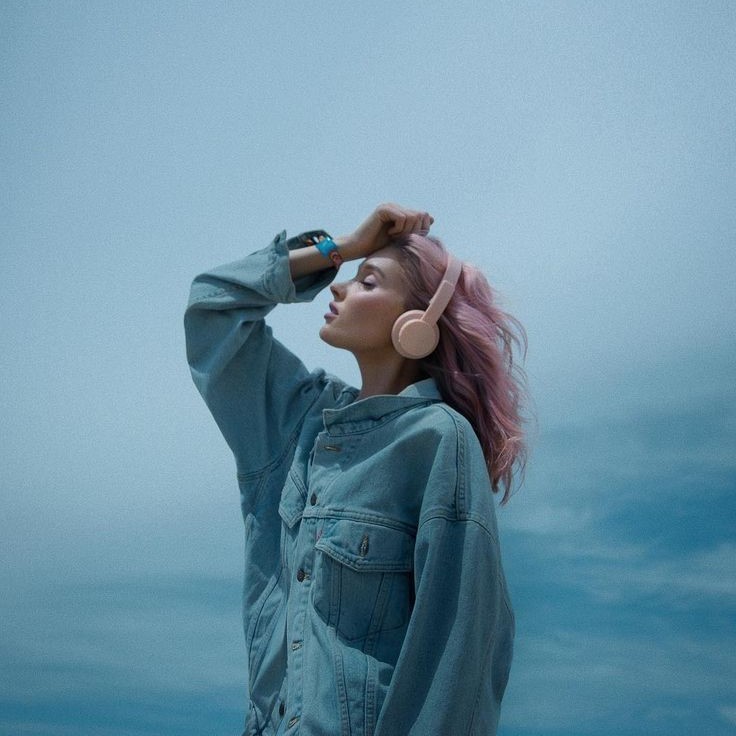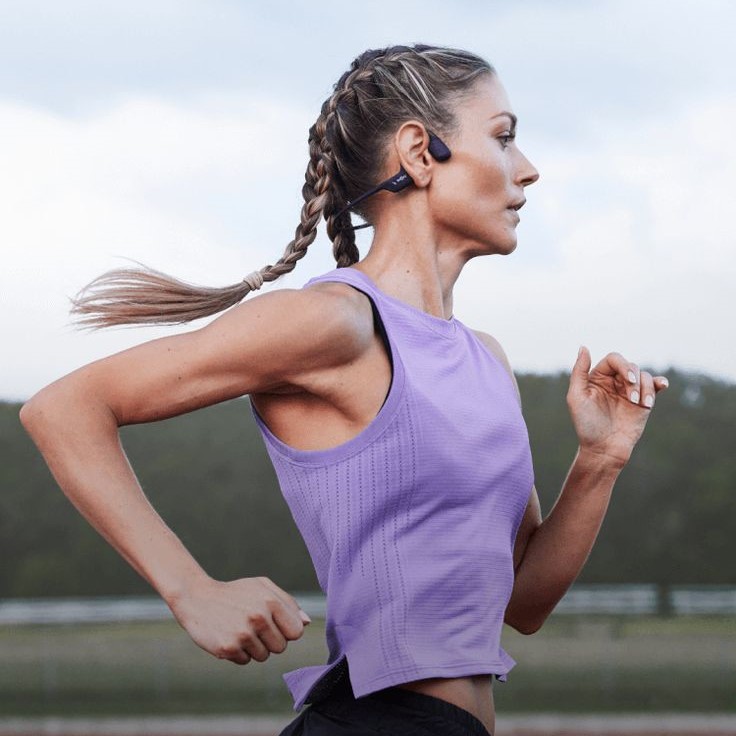Travel photography is all about capturing some of the most precious moments in your life and sharing them with others. With the use of gimbals, it’s easier than ever to capture stunning visuals while on the go. In this article, we will explore how gimbles can be used to help travelers and photographers capture the perfect shot, even while on the move.

The Importance of Stability
One of the biggest challenges of travel photography is capturing a stable, clean image. Travel photographers often encounter bumpy roads, uneven terrain, and inclement weather conditions, all of which can create shaky footage. But with a gimbal, photographers can eliminate any unwanted movement during filming. Using a three-axis stabilization system, a gimbal ensures that any camera shake or jitter is minimised, resulting in smooth, stable footage.
Shooting while Moving
When traveling, whether on foot or in a vehicle, photographers often need to capture images while on the move. Using a gimbal, capturing stable footage that isn’t disrupted by blurred images or shaky camera movement is easy. The gimbal’s smooth movement compensates for any sudden or jerky movements that often occur while the photographer is moving, resulting in a fluid and professional-looking video.
Better Composition
A gimbal helps the photographer compose their shots better by allowing for more flexibility in camera angles and movement. With the ability to rotate 360 degrees, photographers can capture images from different perspectives and angles, giving them a wider range of creative options. Gimbals also provide a level of control, allowing photographers to shift focus while filming, which is particularly useful when shooting in low-light conditions.
Content creation
With advancements in social media, more and more people are creating their own content and sharing their experiences online. Gimbals have made content creation more accessible to novice and amateur photographers. By producing high-quality footage, gimbals have given everyone the ability to tell their own unique stories and share them with the world.
Versatility
Travel photography is diverse, and the different environments and locations can create entirely different styles of imagery. As such, it’s essential to use the right equipment for the job. Gimbals can be used in almost any environment, making them an incredibly versatile tool for travel photography. They can be used with a range of camera gear, making them one of the most adaptable tools for travel photographers.
In conclusion, gimbals can be the key to capturing stunning images on the go. They provide stability, better composition options, and they are versatile, allowing photographers to use them in almost any environment. With advancements in social media and content creation, gimbals have made it possible for everyone to capture and share their experiences with high-quality footage. Travel photography is ever-evolving, and gimbals have become an essential tool for creative professionals and novice photographers alike.
However, it’s crucial to remember that gimbles are just one tool for travel photography. It’s also essential to choose the right lens for your camera, research your location, and have a good understanding of lighting and composition techniques. The most important aspect of travel photography is to have a focused vision and to be able to tell a story with your images.
In conclusion, gimbals have revolutionized travel photography, allowing photographers to capture stunning visuals even while on the move. By providing a stable, versatile, and controlled filming experience, gimbals have helped photographers produce professional-looking videos and content. However, it’s important to remember that the best travel photography comes from having a passion for storytelling and a keen eye for capturing the perfect moment. With the right equipment and techniques, capturing those precious moments during your travels has never been easier.









